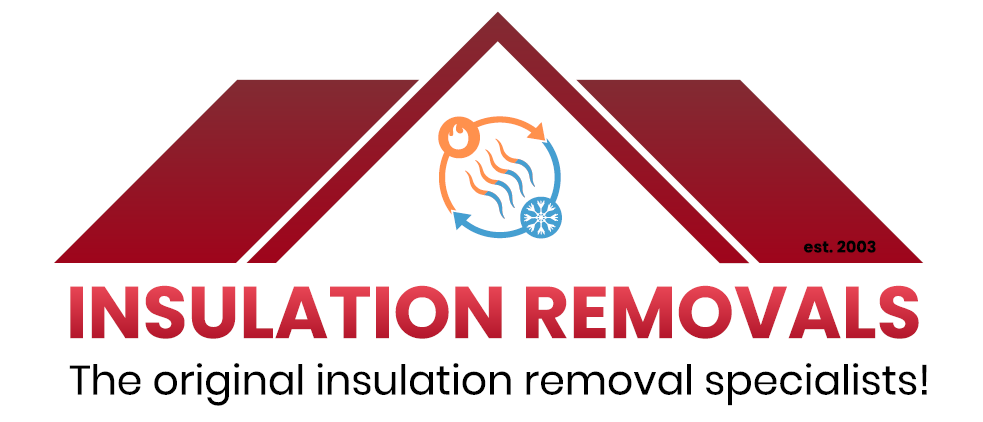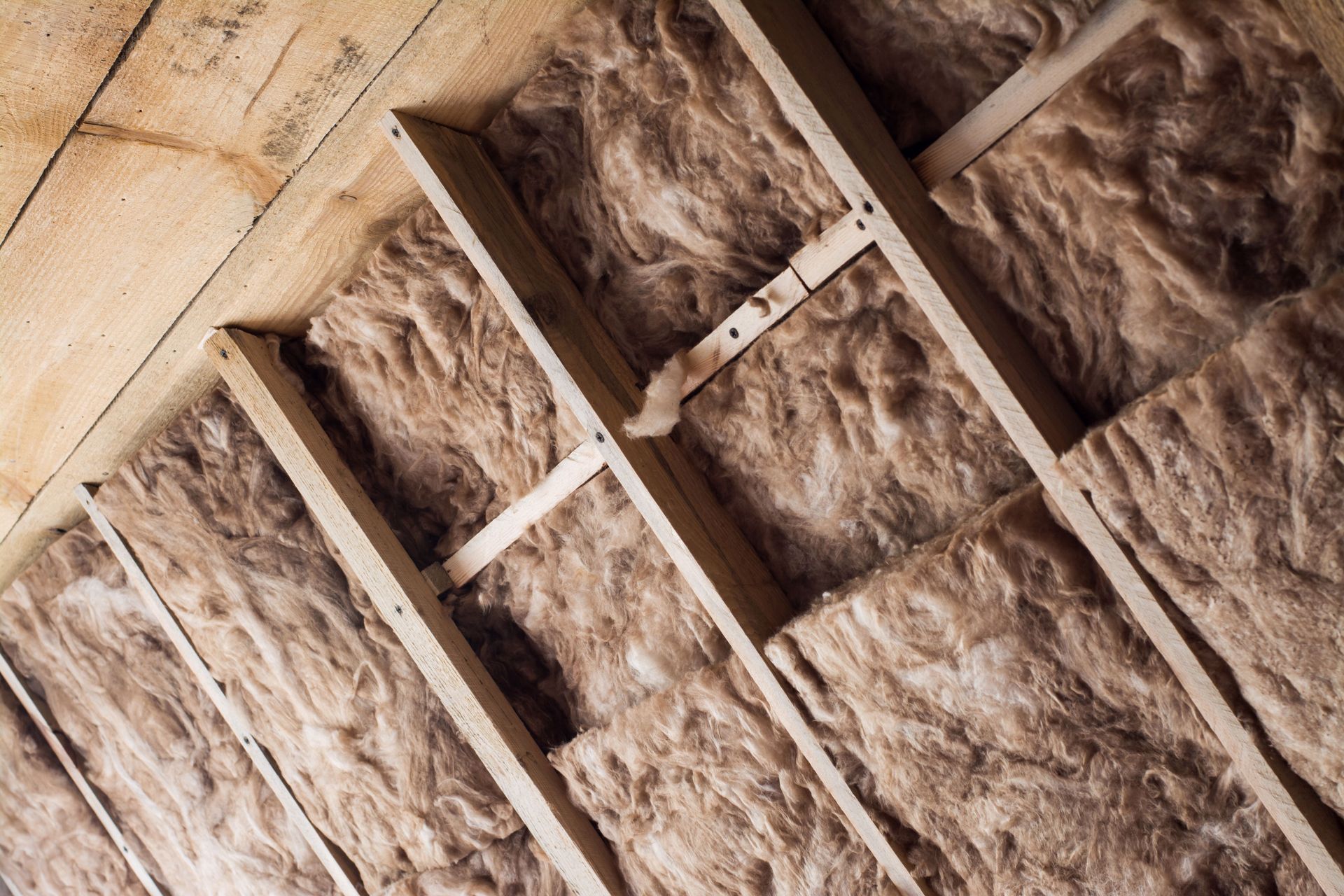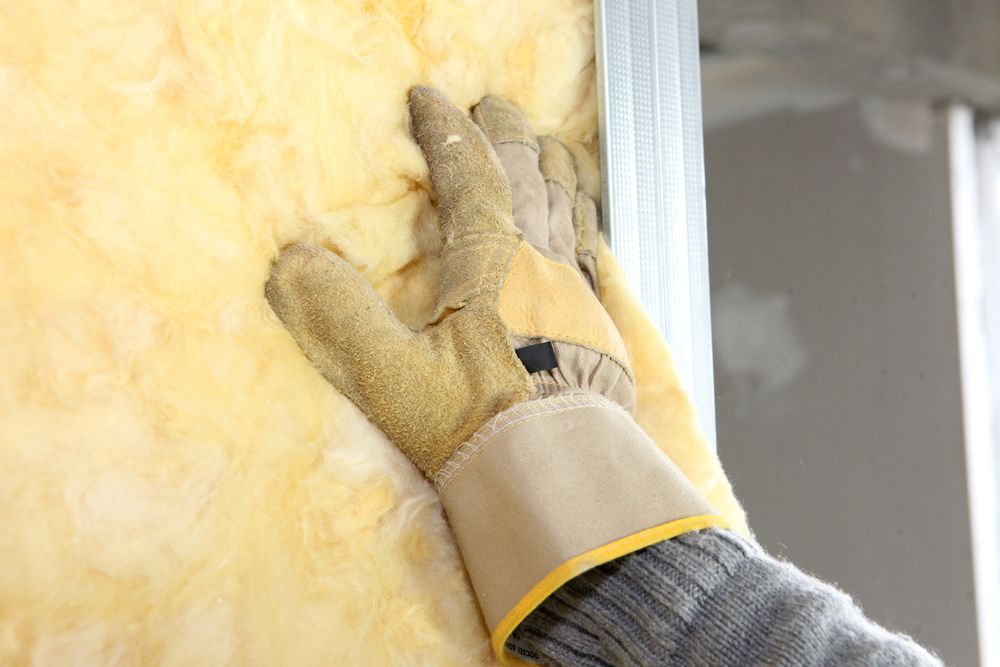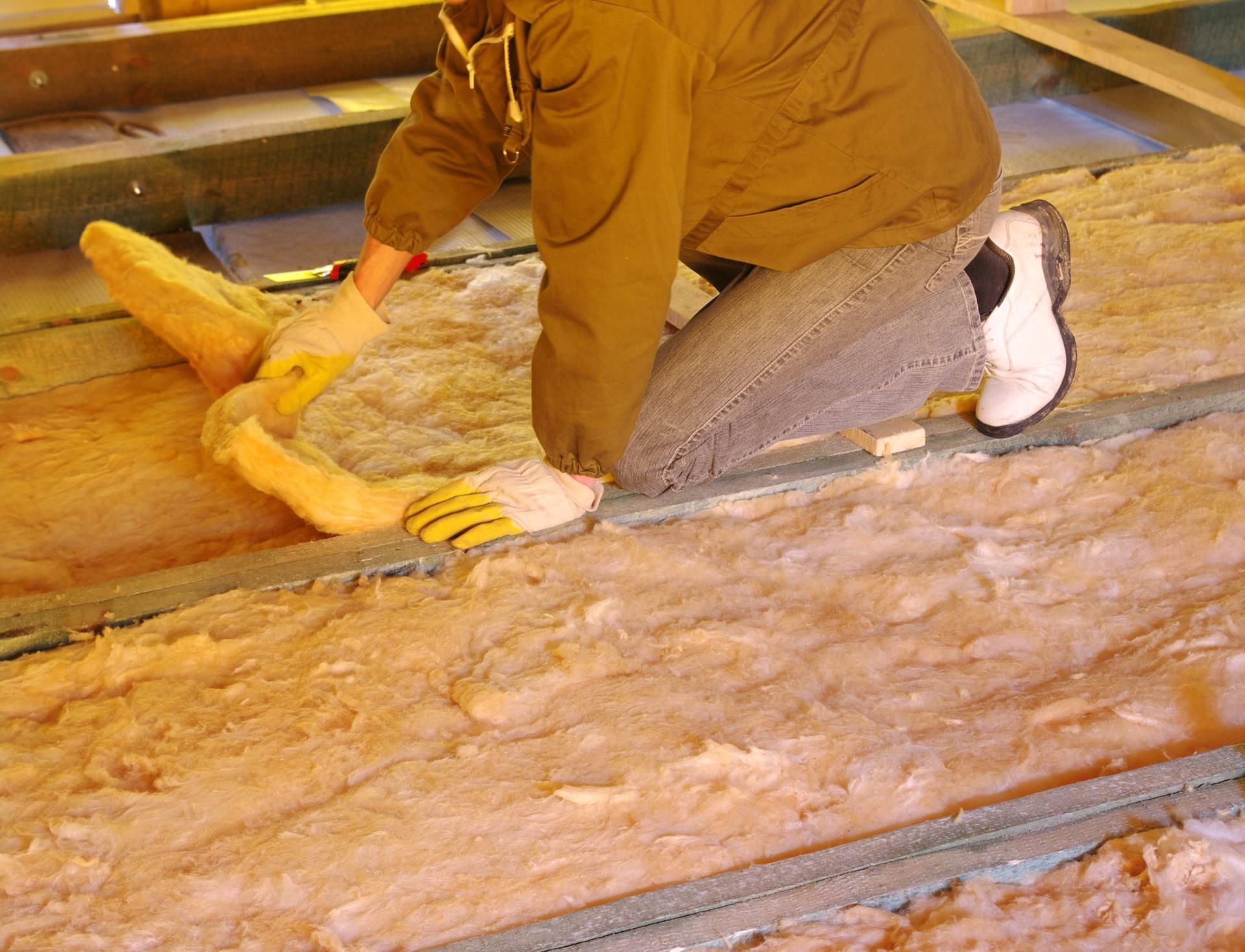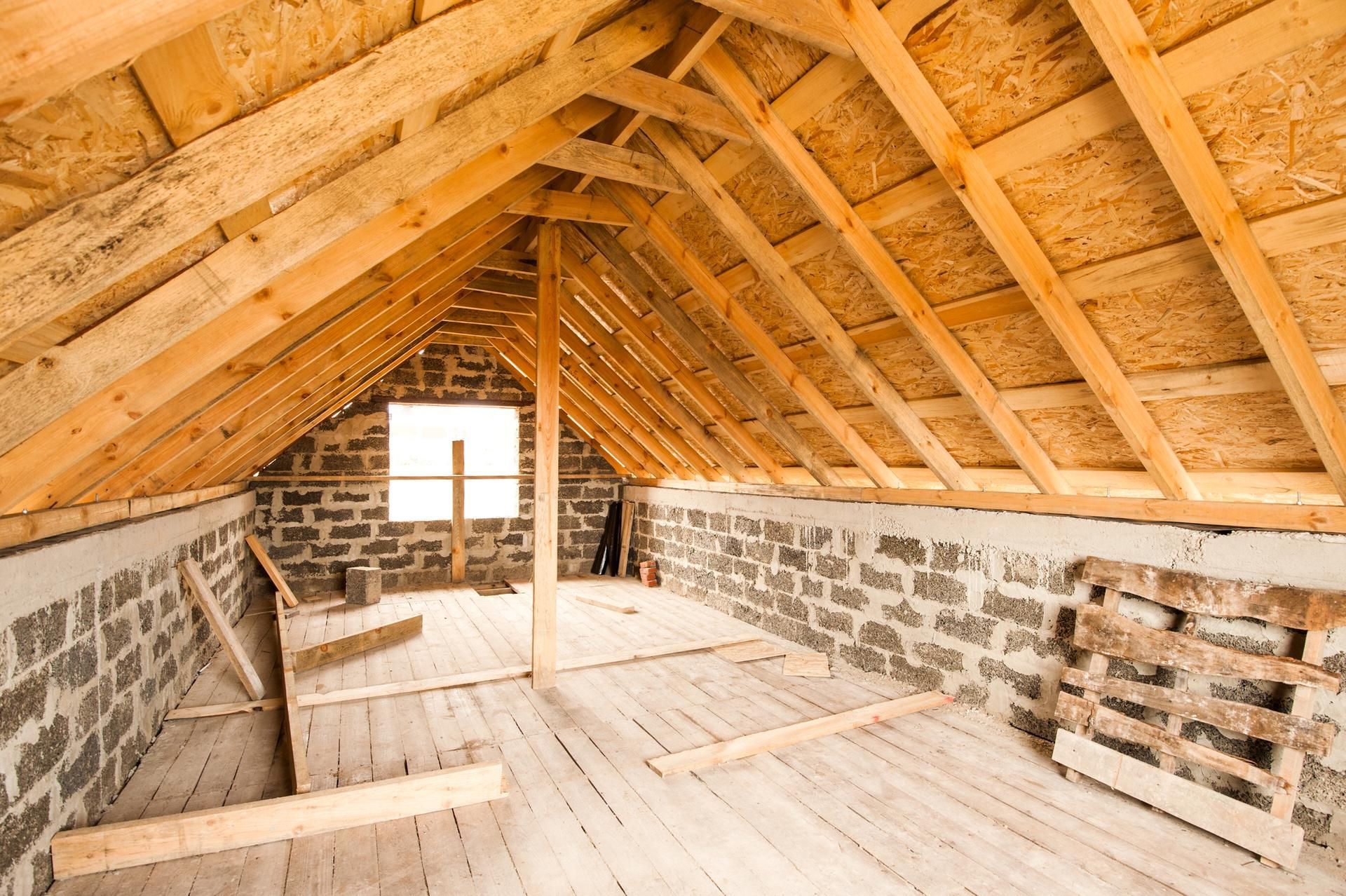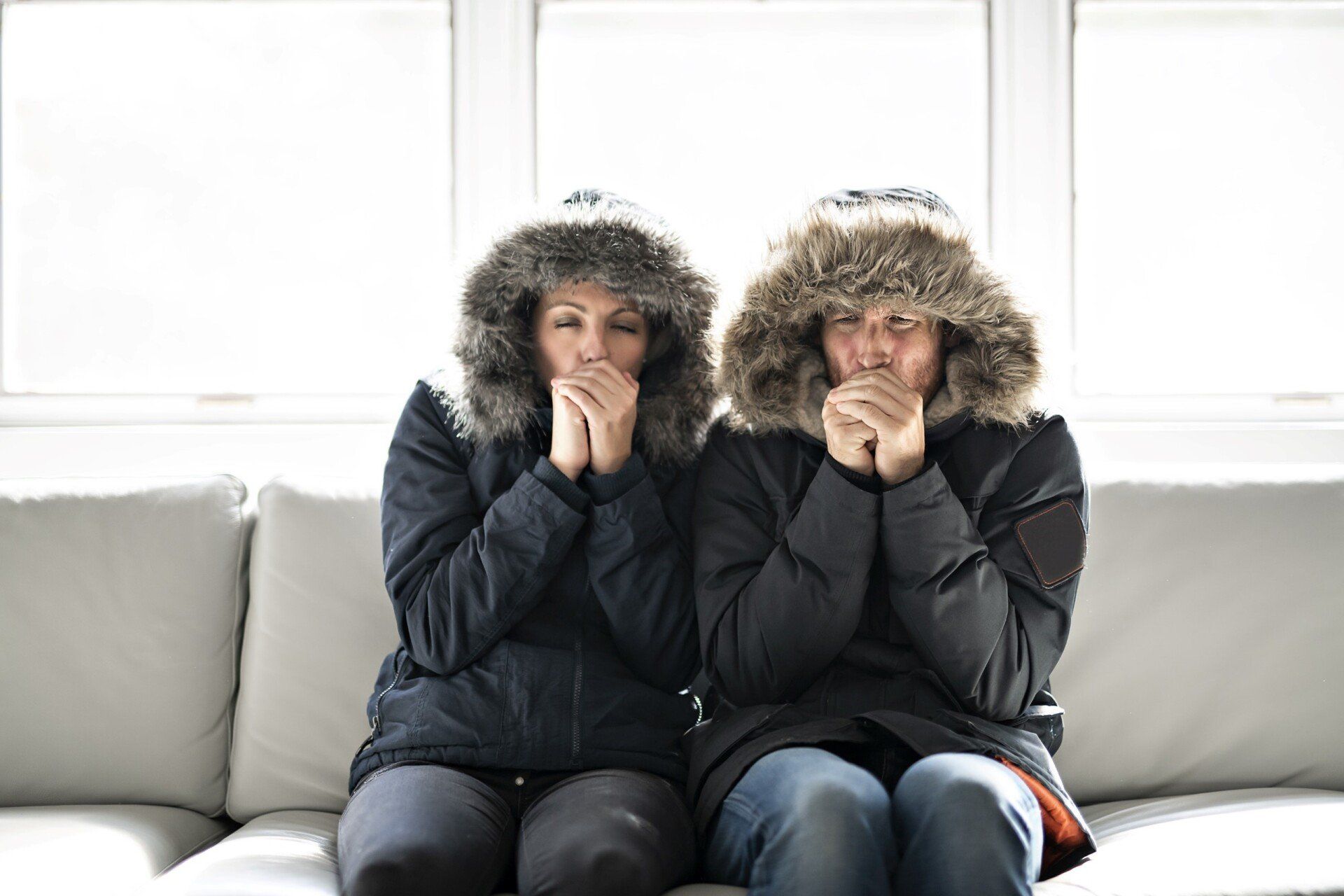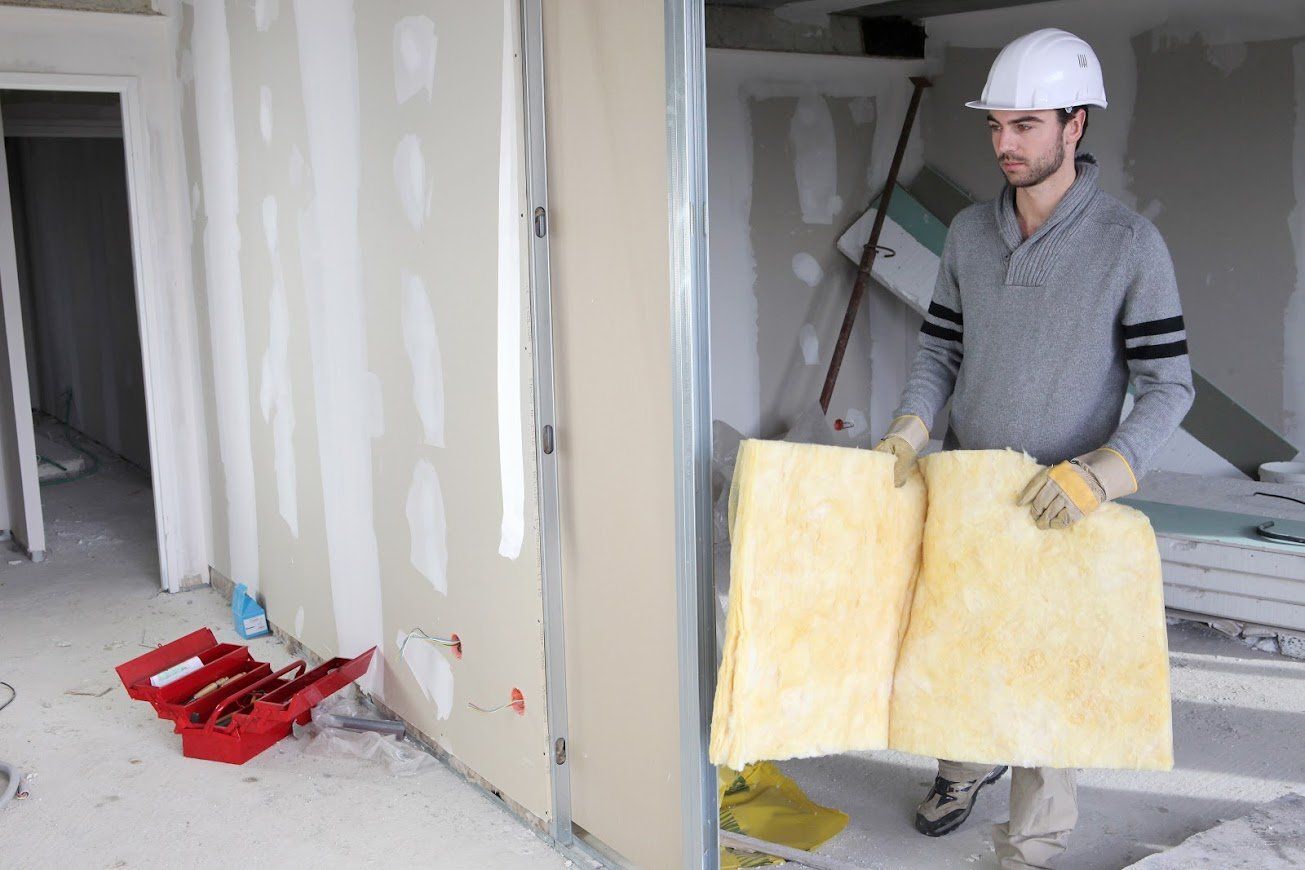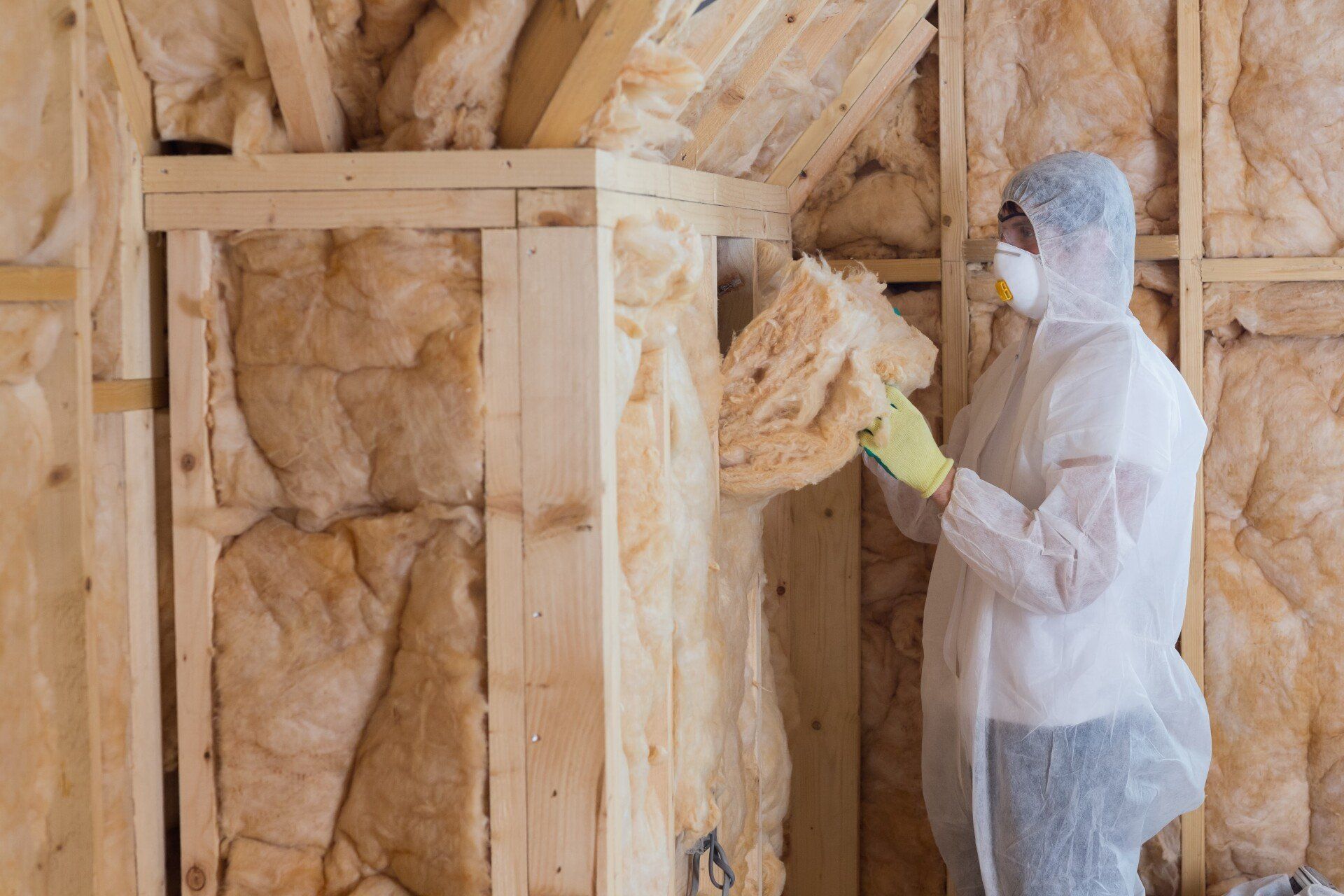4 Reasons to Remove and Replace Wet Roof Insulation
While you might think that the insulation in your roof space or attic is safe from harm, this isn't always the case. Your insulation might get wet from roof leaks, storm damage, damaged plumbing and even excessive condensation. Once wet, the removal and replacement of your insulation may be in order—even if it dries out and you fix the source of the water problem. Why?
1. Wet insulation is less efficient
If your insulation materials aren't resistant to water, then they will soak it up. Even some materials which are more impervious to water, such as fibreglass, might hold enough water until they dry out to do some damage.
Water increases the weight of insulation materials. If your insulation gets wet all at once or over time, say from a large or persistent leak, then it might start to compact down under the extra weight. It might flatten in places as it dries.
Once this happens, the insulation can't work completely effectively. It loses some of the cushioned bulk which gives it its thermal management properties. Your home won't have the same levels of insulation.
Plus, wet insulation can increase condensation in your roof space as the material dries out. This condensation also makes it harder for the insulation to work effectively.
2. Wet insulation encourages mould growth
If your insulation is wet, then it is likely to encourage mould growth. Mould thrives in damp conditions.
This growth can give you multiple problems. Mould in your roof space will eventually start to smell. Your home might smell fusty and mouldy around your roof space's hatch. Plus, if any spores come down through the hatch, then they will spread to your living and sleeping areas.
Mould can have negative effects on your health. If someone in your home has allergies or respiratory illnesses or weaknesses, then the spores could make them ill.
Plus, if mould transfers from your insulation to timbers in your roof space, then it might start to grow on the wood. While this growth might not damage the timbers directly, it can use them to spread further around the space.
3. Wet insulation can damage your roof space
Water damage to roof insulation can lead to other problems in your roof space. For example, if you have major water ingress, then insulation can become so heavy that it damages the surfaces it sits on. In extreme cases, ceilings under the roof space might start to sag down or even come down.
More commonly, you'll see potential problems with other parts of your roof space's structure. If your insulation touches metal nails, screws or fixings on timbers, then constant contact with the wet material might cause rust and corrosion. Timbers might start to rot and decay if they aren't treated or if their treatment has worn off.
4. Wet insulation has financial costs
Wet insulation can increase your home's running and maintenance costs. For example, if your insulation loses efficiency, then your energy bills are likely to increase. You will have to use more power to keep your home warm or cool depending on the season.
Plus, you might have to do some remedial maintenance to fix any damage caused by the wet insulation. You'll need to clean mould off other surfaces. You might need to replace rusted metal fixings or even full timbers if the insulation makes them wet enough to cause damage.
If you think you might have problems with wet insulation, then contact Insulation Removals. We can take a look at your insulation and assess if removal and replacement are necessary. If you do decide to remove it, we can help you choose and install a more water-resistant material to reduce the chances of similar problems in the future.
